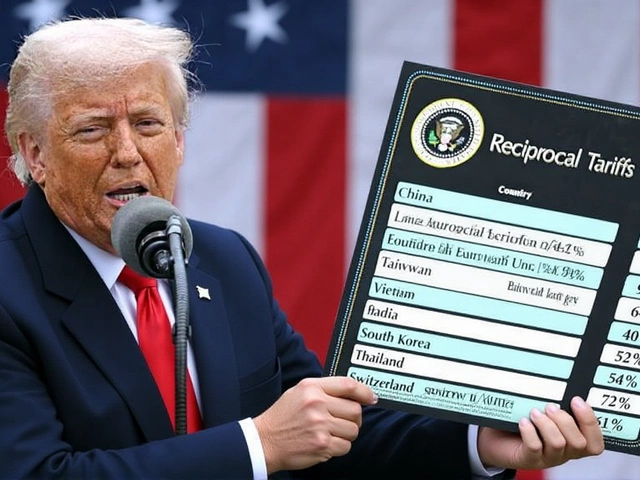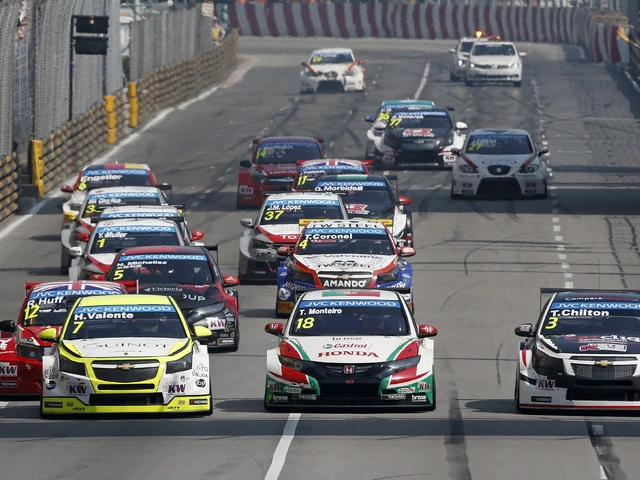Have you ever wondered why it’s called “pole position” in racing? This phrase has been used in the sport for decades, but where did it come from? Let’s take a journey through the history of racing to uncover the origin of this term.
The phrase “pole position” was first used in motorsport in 1939, when a specific rule was established for the Indianapolis 500. According to the rule, the first four cars to qualify for the race would be placed in the first four positions on the starting grid. This meant that the car in the first position was on “the pole”, hence the term “pole position”.
The idea of placing the first four cars on the grid was designed to give the fastest cars an advantage in the race. This was a significant change from previous races, where the starting positions were determined by a random draw or the order in which the cars had qualified. By giving the pole position to the fastest car, the Indianapolis 500 was able to introduce a new level of strategy and competition to the race.
The concept of pole position quickly spread to other forms of motorsport and it is now a key part of the racing experience. It has become a widely recognized term, with even non-racers understanding the meaning of “pole position”.
So, the next time you hear the term “pole position”, you’ll know that it has its origins in the Indianapolis 500 rule of 1939. It has since become a staple of motorsport and a way of rewarding the fastest cars on the grid.
When watching a race, it’s easy to see why pole position is so coveted. This starting position at the very front of the grid gives drivers a distinct advantage over their competitors. But why is it called pole position, and what are its strategic advantages? Let’s take a closer look at why pole position is so important in racing.
The term “pole position” originates from the earliest days of motor racing, when cars were lined up on a track with wooden poles. The pole at the very front of the line was known as the pole position, and it became the starting point for the race. Today, pole position is still the most desirable starting spot in racing, as it gives the driver a strategic advantage.
When a car starts in pole position, it has the opportunity to move away from the rest of the field quickly at the start of the race. This gives the pole-sitter a head start, allowing them to build a gap between themselves and their competitors. This gap can be difficult to close, as it can be difficult to overtake a car that is already in the lead. By starting at the front, a driver can control the pace of the race and potentially win the event.
Additionally, pole position gives drivers the ability to choose their own line around the track. Starting from the back of the grid forces a driver to follow the line of the car in front of them, which can be disadvantageous if the driver is trying to make a pass. Starting from the front gives the driver the freedom to choose where they want to go, allowing them to make strategic decisions about when to overtake and when to stay back.
Overall, pole position is the most desirable starting spot in racing, as it gives drivers a strategic advantage over their competitors. By starting at the front of the grid, drivers can control the pace of the race and potentially win the event. It’s easy to see why pole position is so coveted in racing, and why it is such an important part of the sport.
In motor racing, the pole position is the starting position of a car at the innermost part of the track in a race. It is widely accepted that the pole position is the most advantageous starting position in motor racing, as it gives the driver the opportunity to take the lead and control the pace of the race. This article will examine the impact of pole position on racing performance, looking at the correlation between starting position and race results.
The effects of pole position on race results are well-documented. Studies have found that drivers starting from pole position are more likely to win the race than those starting from other positions. This is because the pole position gives the driver the best opportunity to control the race. Drivers who start from the pole position have more time to build a lead, and can also choose when and where to make their pit stops. Furthermore, pole position gives the driver a better view of the track, allowing them to make better decisions when it comes to cornering and overtaking.
Another factor that has an impact on race results is the quality of the car. Drivers who start from pole position are more likely to have better cars, as teams typically prioritize their best drivers and cars in order to maximize their chances of success. This, in turn, further increases the advantage for the driver who starts from pole position.
In conclusion, pole position has a significant impact on race performance. Studies have shown that drivers starting from pole position are more likely to win the race than those starting from other positions. This is due to the advantages that the pole position provides, such as a better view of the track, more control over the race, and better cars. Therefore, pole position can be an important factor in determining the outcome of a race.






Post A Comment